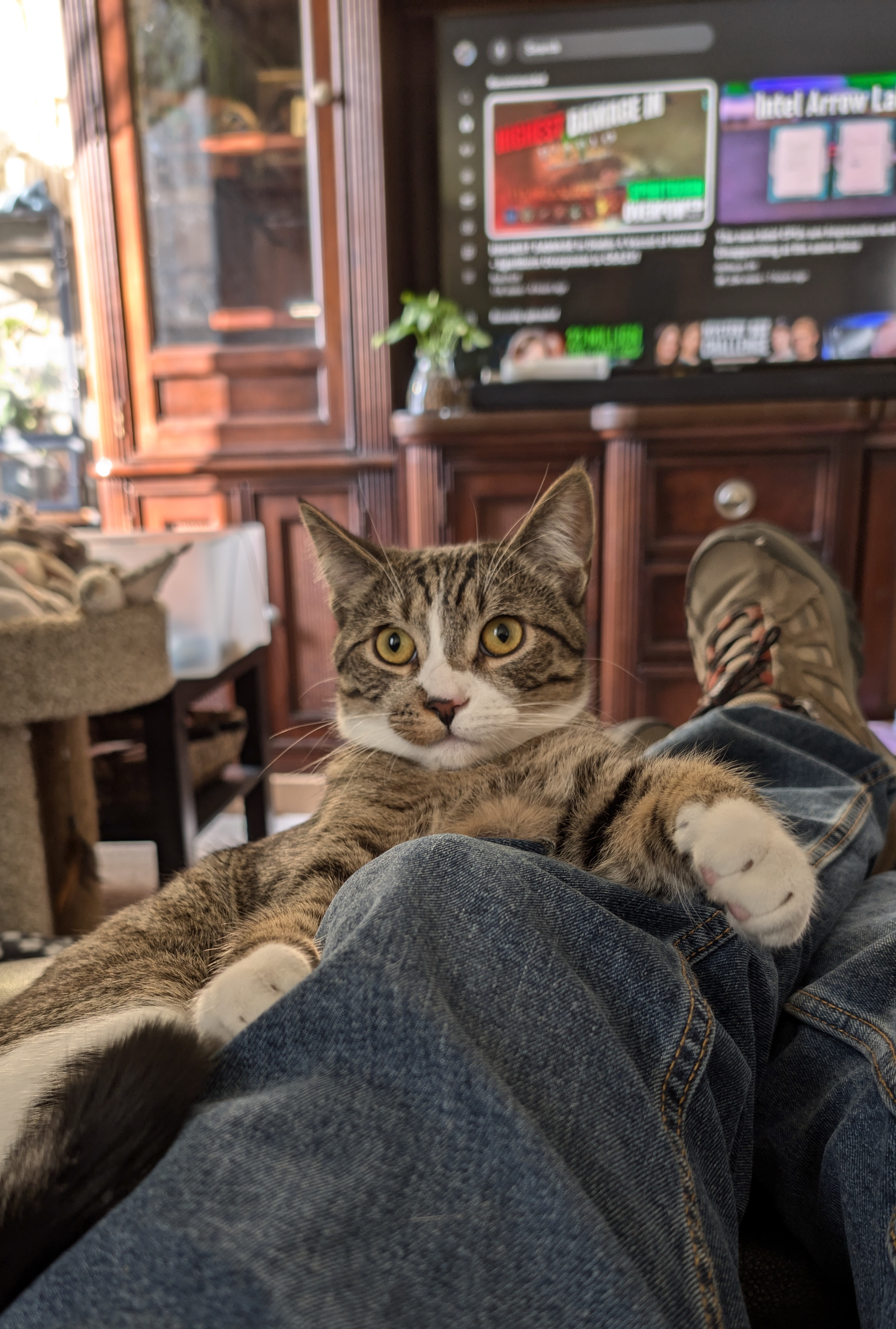

I see a lot of inconsistent exposure, which is super weird.
How old is the resin? New? Was it purchased at the time you got the printer? Was it well shaken? One particular resin I have will separate hard and basically needs a blender to get broken up again to be capable of printing.
The biggest issue I see is the gap in the outline at the very top of the print. That shouldn’t happen that late in the print at all. It’s iffy resin or there are small solid chunks floating around in your tank.
My first week with my resin printer was spent testing exposure and probably did about a hundred or so “cones of calibration” ( https://www.tableflipfoundry.com/3d-printing/the-cones-of-calibration-v3/ ) with a few different resins.
While a person generally needs to be a little on the crazy side to do that much testing, it was effective. After all of the that testing, what I found out is that comparing two prints with different settings is more valuable than just printing one single calibration test.
See if you can manage to print at least 8 tests at 8 different exposure levels. (I prefer 16, but you do you.) You will quickly learn how to interpret calibration tests and how exposure works.
But, back to your question and my official interpretation: You have a printer that is capable of printing! Yay! I ain’t being sarcastic and this is good. You do need some comparison prints though…




Resins have a typical use-time for within a year. Some may last longer, some may not. Some may start to show exposure issues. Some just start to separate or solidify partially. Some resins don’t care at all. (It should be written somewhere on the bottle when the resin was made and when it should be used by.)
This is a helluva “unknown variable” you are working with, is my point. Resin is the absolute core of any printing functionality (obviously) and print settings are highly dependant on the resins qualities.
Just because I am so damn picky during my testing and learning process, I would abandon testing with that resin completely and be thankful it even printed a calibration test at all. (I would get a fresh bottle, is what I am saying.)
However, in the interest of using the resin, I would YOLO the exposure time (increase it) and start printing prototypes or other strange experiments. There is a bunch of things I could test even if using a sub-optimal resin.
You could spend time with the rest of that bottle and tweak the settings into partial-perfection. How reusable are those settings for future bottles though?